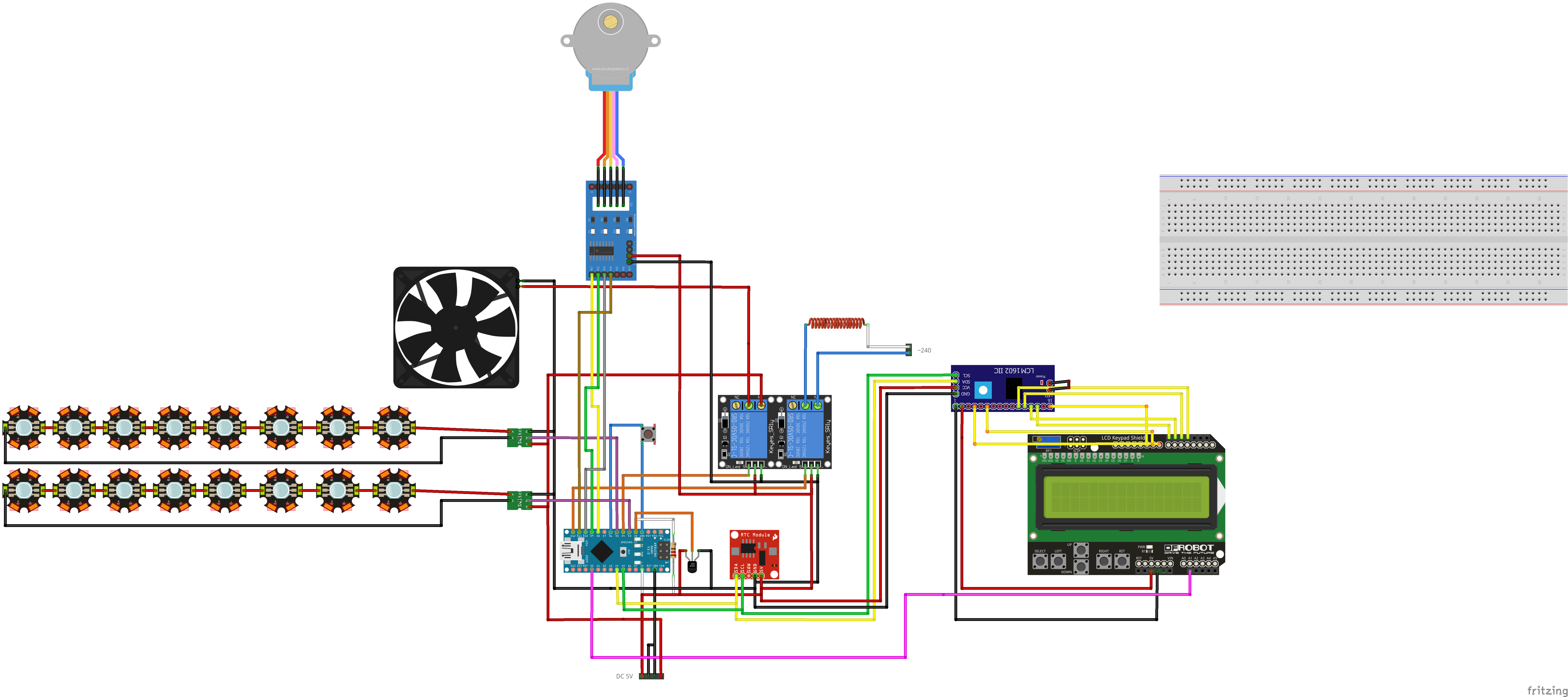

The datasheet is that long because the Renesas MCU features many more peripherals than the Microchip ATmega328. The UNO R4 WiFi is a denser board as it uses the empty board space of the Minima for an 8 by 12 LED matrix and an ESP32-S3-MINI-1 module. The UNO R4 Minima board is of similar design complexity as the R3. However, this touches mainly the software part as indicated by the MCU’s 1400+-page-long datasheet (<300 pages for the ATmega328). Replacing an old 8-bit, 28-pin controller by a modern 32-bit 64-pin device has, as you may expect, an impact on the complexity of the product. The UNO R4 boards are powered by a Renesas R(7F)A4M1 microcontroller. This makes the MCU a suitable candidate for enhancing the 5-V, 8-bit AVR-based family of which the Arduino UNO R3 is a famous member. Interesting to note is that the RA4M1 can work with a power supply of up to 5 V whereas most other ARM-type microcontrollers require 3.3 V. It seems that a family of Renesas boards is starting to develop. This 32-bit ARM Cortex-M4 runs at 48 MHz and has 32 KB of RAM and 256 KB of flash memory.

The two new boards also feature a device from Renesas, the RA4M1. So, now that they really exist, let’s have a closer look at them.Ī few months ago, Arduino released the Portenta C33 board, which has an ARM Cortex-M33 microcontroller from Renesas: the RA6M5. Announced a few months ago, the Arduino UNO R4 Minima and the Arduino UNO R4 WiFi have now been released officially.


 0 kommentar(er)
0 kommentar(er)
